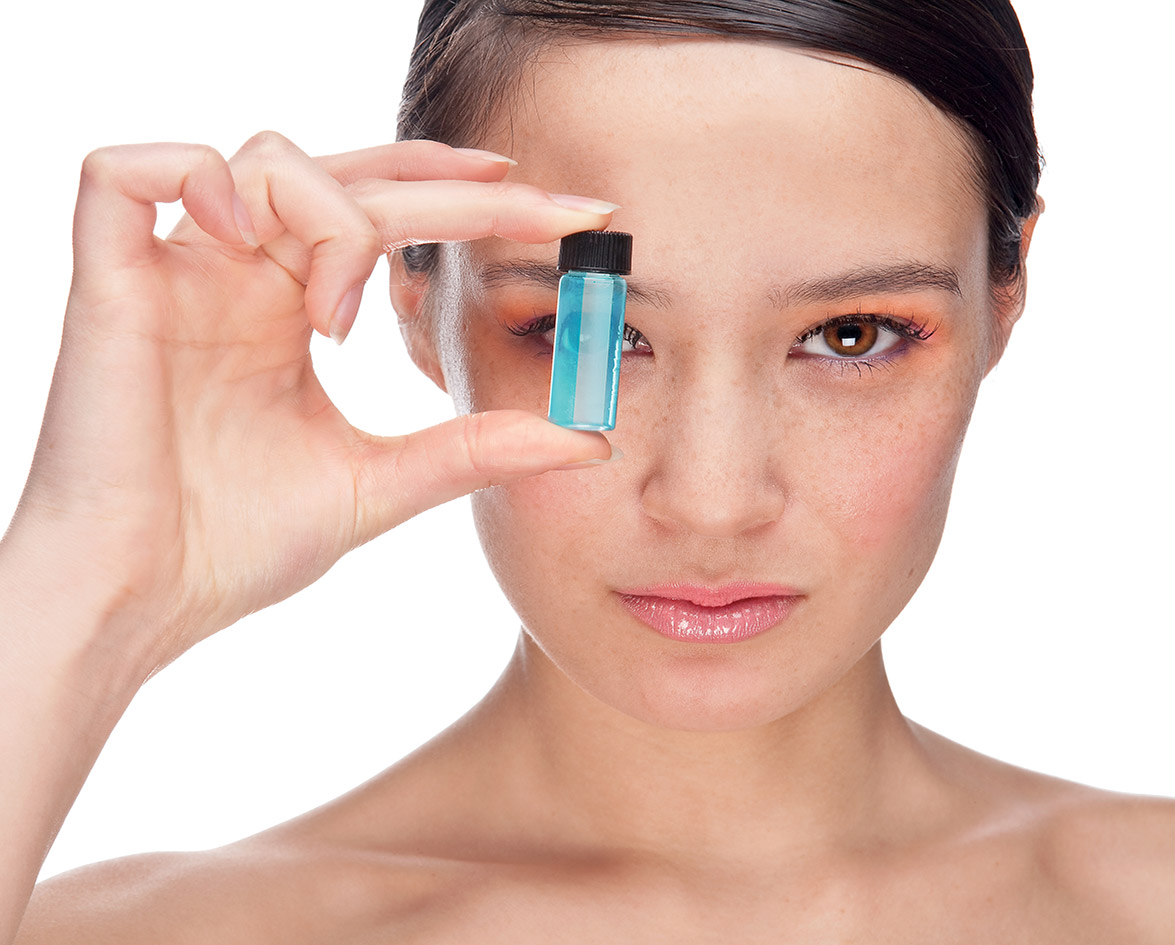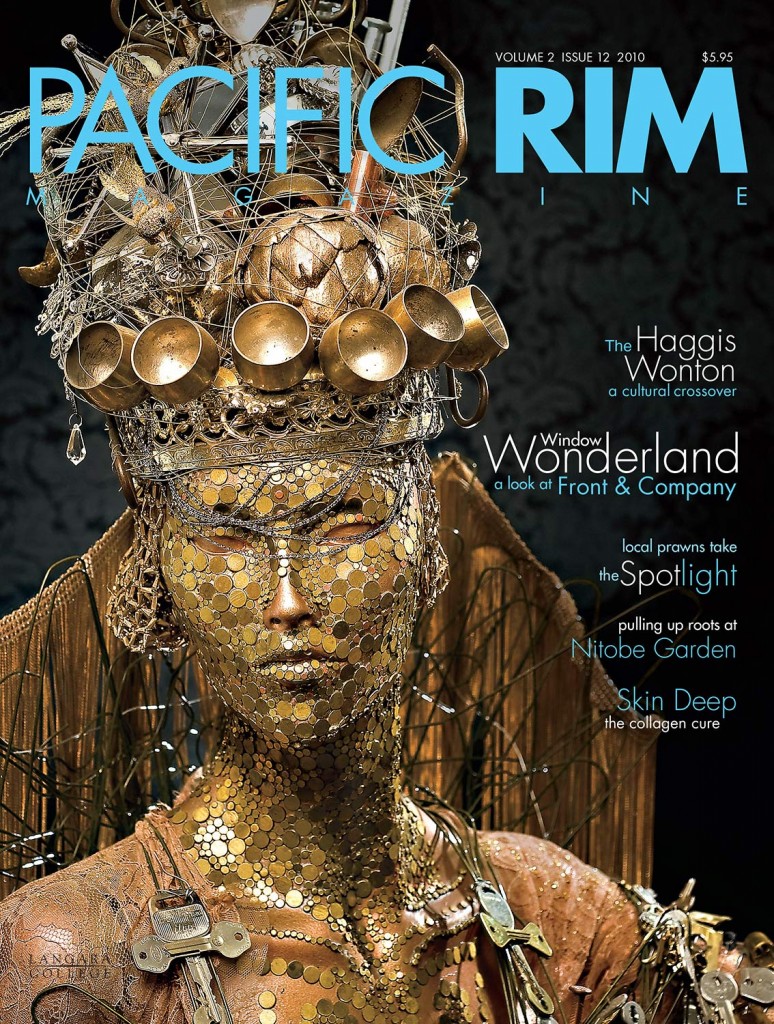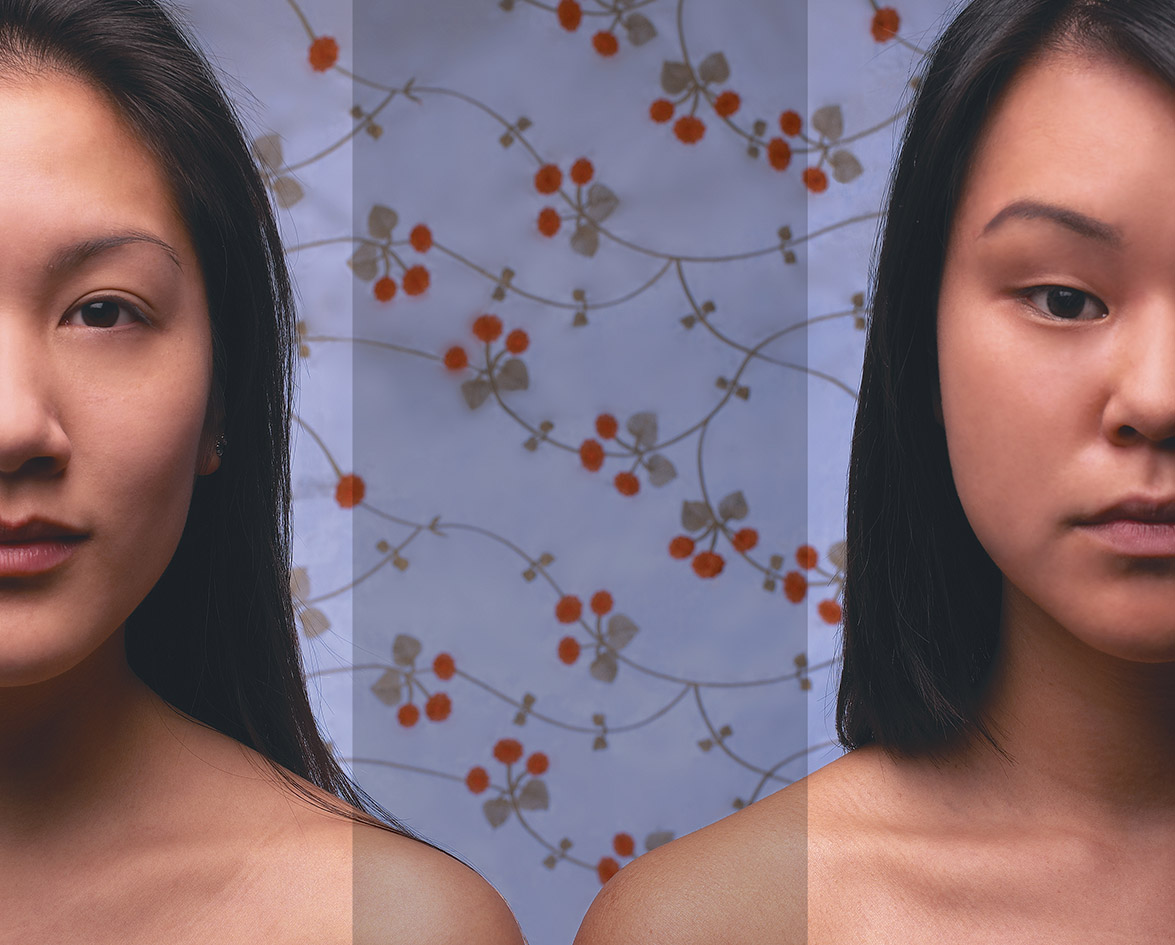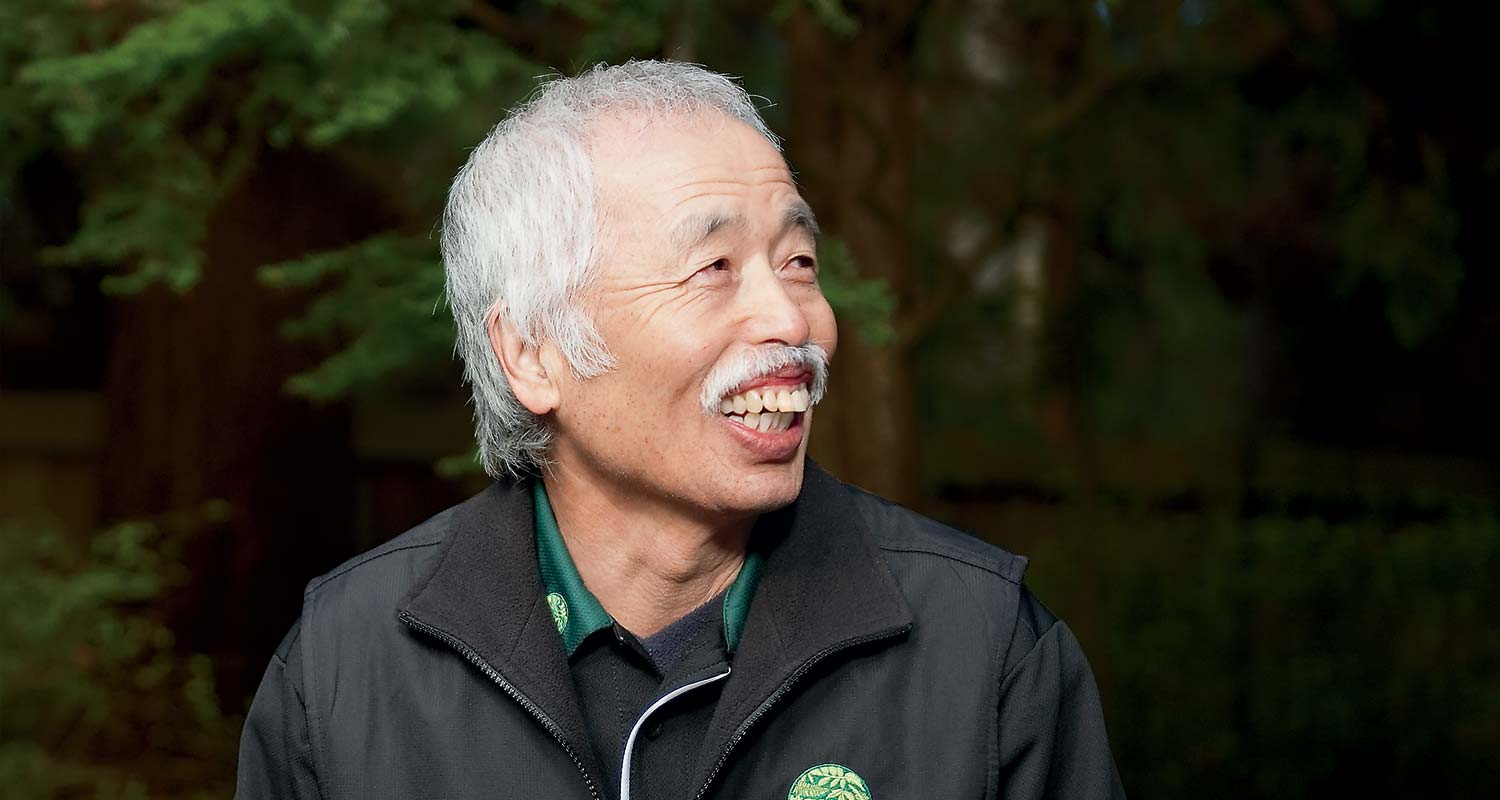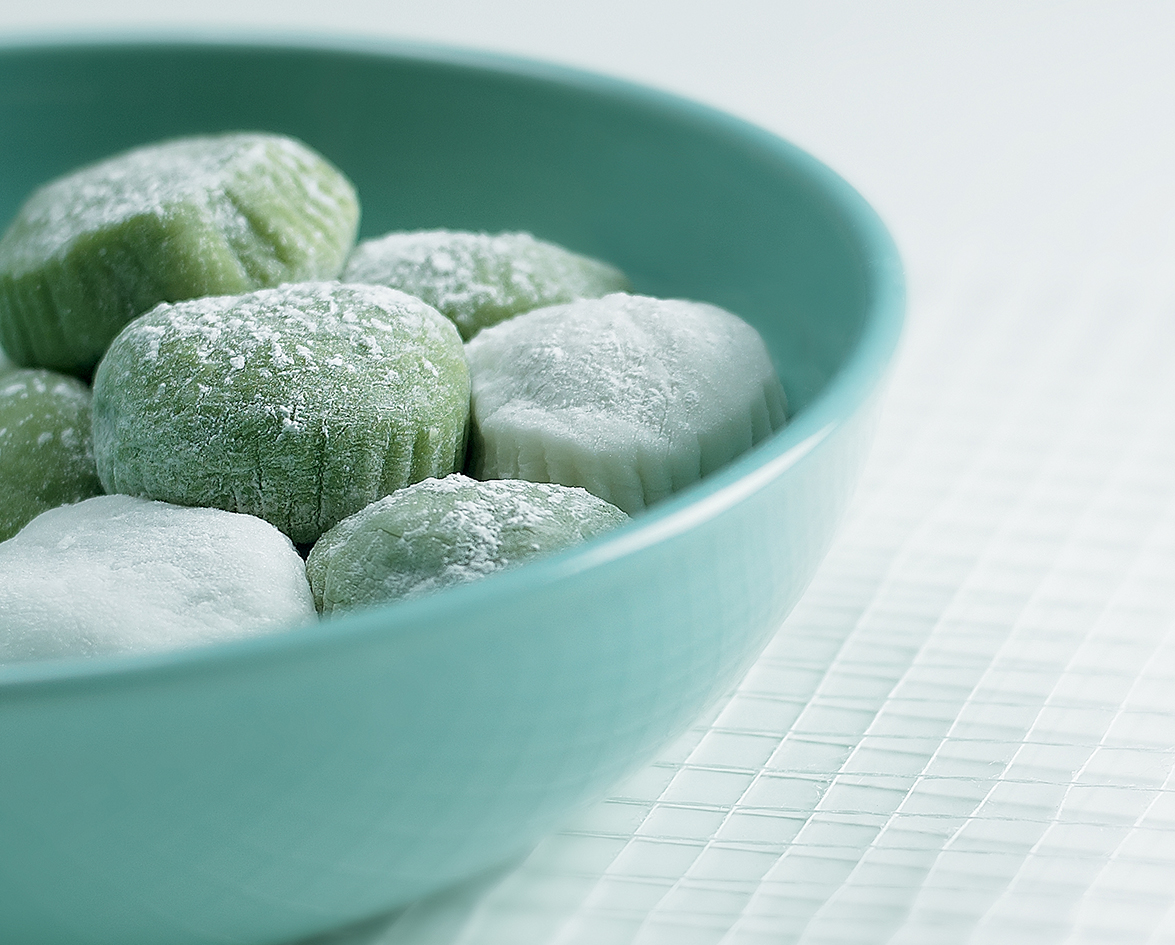It is no shock that women all over the world want to look youthful and beautiful. Though topical collagen ointments and serums are common in North America, in some Asian Pacific countries, particularly Japan, women actually ingest collagen with the intent to rejuvenate their skin. These oral supplements come in various forms: drinks, capsules and powders. While the collagen consumption craze has taken over much of Asia, North Americans may not find this practice as easy to swallow.
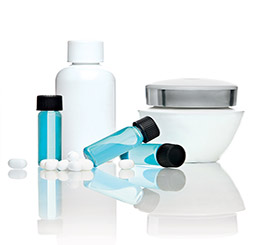
The Convenience Of Collagen
Kanako Landry, a Japanese native who now resides in Vancouver, says that ingesting collagen has become a normal practice in Japan, so much that these products can be purchased in convenience stores for the equivalent of a few dollars. Naomi Kageyama, another Japanese native living in Vancouver, says maintaining a flawless complexion is extremely important to Japanese women who strive to attain porcelain-looking skin. She also says that having smooth, fair skin represents purity.
Collagen is the main protein in the connective tissue of mammals, making up about 25-35% of their average body protein content. When combined with keratin, collagen is responsible for the skin’s strength and elasticity. Luciana Postlewaite, a registered nurse who studied dermatology at the University of British Columbia, explains that once collagen has gone through the digestive system there is not much of the protein left to be absorbed by the skin. Although ingesting collagen does help enable the body’s own formation of collagen, there is no scientific evidence that proves it will rejuvenate your skin and reduce wrinkles.
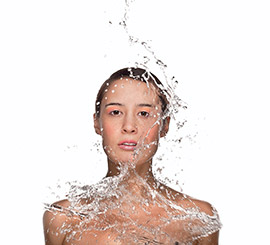
Lack Of Scientific Research Doesn’t Deter Consumers
Despite the lack of concrete research that proves these products actually work, there are still faithful consumers in Asia Pacific that believe these supplements help improve their skin’s appearance. The reasoning behind this use of collagen may have more to do with tradition than with what scientific evidence suggests. “Many eating habits or the way they think goes back hundreds or even thousands of years,” says Kageyama. “It’s not just collagen; there are many other natural substances that Japanese people use for their health and beauty.”
Due to the popularity of ingesting collagen, there are now many hot pot restaurants in Japan that serve entrees with collagen in them. The collagen, usually derived from pigs’ feet, looks similar to gelatin. Once stirred and mixed into the hot pots (also known as nabemono), it dissolves. In 2007, the first collagen-serving restaurant, Hakata Tonton, opened in New York City to much fanfare. Landry has eaten in such restaurants and says, “It is no different [in appearance] from any other soup or hot pot.” These restaurants, however, are not for those with a low income. “The food tastes good but is very expensive. You have to pay at least $100 per person.”
Kageyama believes collagen consumption will catch on in the rest of North America. “We have more natural food stores and products than ever before,” she says. “So I think those collagen products will be very popular here, especially with women over 30 years old.” Time will tell if this trend will take off in North America. T&T Supermarket has already been selling Asahi Collagen Water since January. And if a restaurant like Hakata Tonton can succeed in New York, Vancouver cannot be far behind.





